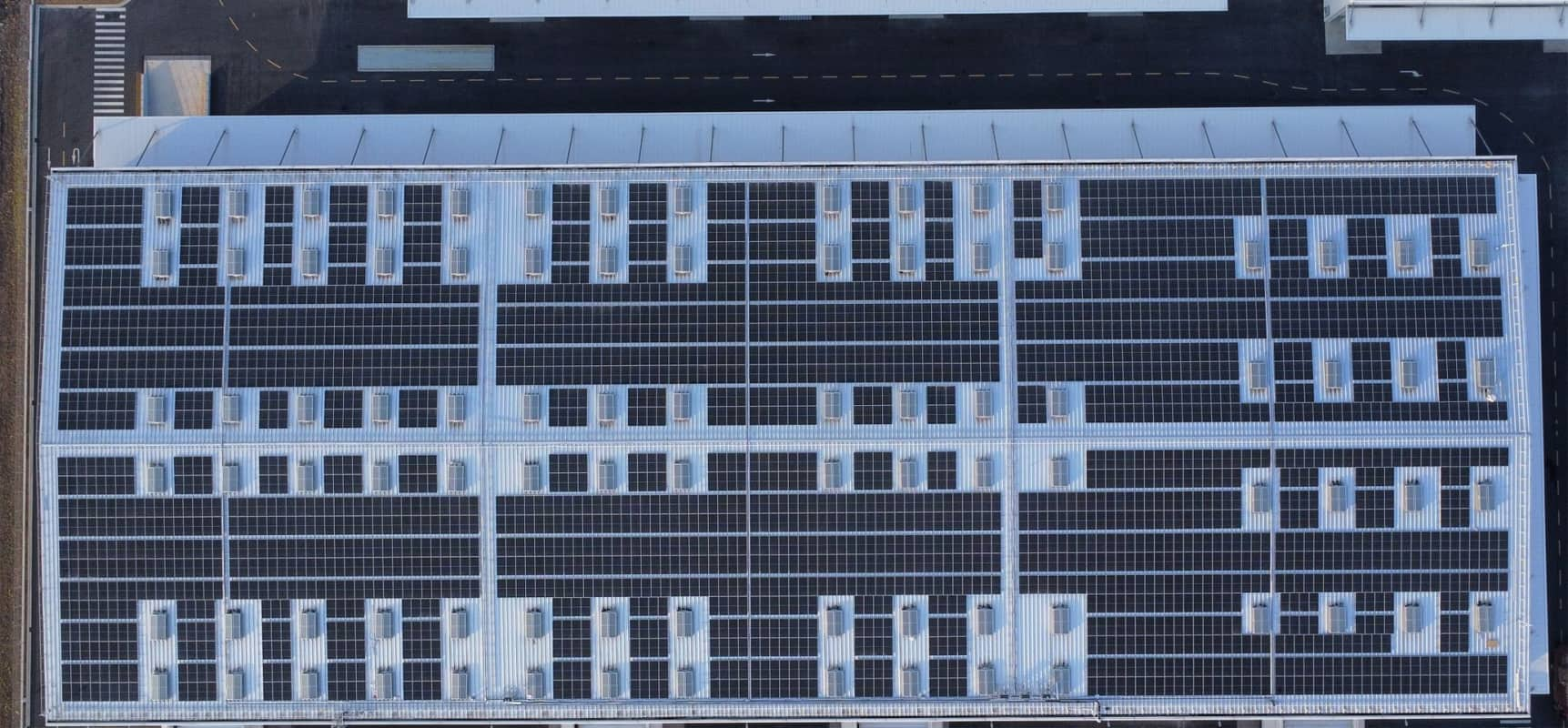Cell cracks in PV modules: How should you be concerned?
Mar 05, 2024
What is a battery crack?
Photovoltaic cell cracks, also known as microcracks, are defects formed in crystalline photovoltaic cells. These defects can result from manufacturing defects such as stress during cell welding, lamination pressure, production line handling, environmental conditions such as hail or high winds, and other physical damage such as improper handling during transportation, installation, maintenance, or improper cleaning. ).
Battery cracks appear as dark lines or dark areas in the EL image. Components with cell cracks will produce less electricity, especially if the cracks disconnect an area of the cell from its connection.
In some regions, the severity and frequency of extreme weather events are increasing.
Bad news about cracked batteries
The bad news for project developers is that most hail insurance coverages are getting smaller and smaller, often with high deductibles or hail damage limits that do not adequately cover the entire project site. In some insurance clauses, after a hail event, for components with battery cracks, more than 25% of the batteries must be cracked to be covered.
Good news about power loss
While our test results tend to be nuanced and difficult to generalize, there's some good news: Even with severe hail damage, modern components don't lose much power.
Over the past few years, PVEL has conducted analyzes of power losses in the Hail Stress Series (HSS). The test impacted components with 11 frozen ice balls up to 50mm in diameter, by post-hail dynamic mechanical loading and climate chamber testing to stress cell cracks in susceptible components to their maximum power loss. The results of this test regarding power loss are very encouraging.
Looking at the results across different technology types, we noticed that double-glass solar panels generally have higher glass cracking rates, but such modules protect the cells on the neutral plane between the glass layers, so cell cracks tend not to occur. The glass-back panel assembly uses thicker tempered glass, which has a lower glass breakage rate, but due to the use of multi-barrier (MBB) batteries, the possibility of battery breakage resulting in power loss is also greatly reduced.
At the same time, common industry concerns about battery cracking power losses are often based on research on older tri-bar (3BB) modules, which have higher power losses.